For the first time, researchers using the Compact Muon Solenoid (CMS) detector at the Large Hadron Collider (LHC) at CERN in Geneva, Switzerland, have tested a novel approach to search for signs of “New Physics” — phenomena beyond the Standard Model that remain unexplained.
Their focus was on detecting “soft unclustered energy patterns,” which are subtle energy signals that don’t form into clear particle groups, and are predicted by theories that expand on our current understanding of particle physics
“Soft unclustered energy patterns are exciting because they don’t just represent one idea, one particular prediction of a new particle, but describe the kinds of patterns you might see from a wide new category of ideas,” Daniel Whiteson, a physics professor at the University of California, Irvine, who was not involved in the study, explained in an interview. “Any theory of physics that has new particles that interact strongly with each other but not with our particles would make these patterns.”
According to these theories, such patterns might come from the breakdown of unusual particles that act as a bridge between the universe we can see and a theoretical hidden realm, sometimes called the “Hidden Valley” or dark sector. This hidden realm could explain mysterious phenomena, like dark matter, which makes up much of the universe but is invisible to us.
What is the Hidden Valley?
The Standard Model is a remarkably successful theory, explaining the behavior of known fundamental particles such as electrons, quarks, and neutrinos, and their interactions via the electromagnetic, weak, and strong forces. It has been extensively validated through both accelerator experiments and other laboratory tests, accurately predicting a vast array of phenomena.
However, it does not address key astronomical and cosmological observations, such as the existence and properties of dark matter and dark energy. These mysterious components make up about 95% of the universe — dark matter is thought to provide the gravitational glue holding galaxies together, and dark energy is driving the accelerated expansion of the universe.
Furthermore, the Standard Model does not incorporate gravity — the fourth fundamental force — into its theoretical framework. Gravity is drastically different from the other forces mentioned above, having been described by Einstein’s general theory of relativity, which focuses on the curvature of space and time rather than particle interactions. This difference has made it challenging to integrate gravity into the Standard Model.
Since the Standard Model cannot explain concepts like dark matter, dark energy, or gravity, it suggests that our understanding of the universe is incomplete. These limitations have spurred the development of new theories, such as supersymmetry (which proposes new particles for every known one), extra dimensions (hidden spatial realms), and string theory (which envisions particles as tiny vibrating strings). A common feature among many of these theories is the existence of a Hidden Valley — a parallel world of particles similar to those we know, but with interactions mostly confined to their own realm.
Particles in this dark sector would only weakly interact with particles described by the Standard Model. However, there could be a “mediator” particle that links the two worlds.
In particle collisions, such as those occurring in the LHC, scientists believe these mediators might briefly emerge, decaying into dark sector particles that eventually produce detectable signatures that can be observed.
Exploring the Hidden Valley with ordinary particles
To find these mediators, CMS researchers targeted soft unclustered energy patterns as a potential experimental signature of the Hidden Valley because these are subtle and unique energy signals that don’t fit the typical patterns of known particles and interactions.
According to many Hidden Valley theories, when protons collide in the LHC, the strong interactions between their gluons, the particles that make them up, could generate mediators. If correct, the mediators would then decay into dark-sector equivalents of known particles, such as protons and pions, which would in turn decay into “dark photons.”
A crucial aspect of dark photons is their ability to interact with Standard Model particles via kinematic mixing, which is the primary interaction between the dark sector and the Standard Model, aside from the mediator.
Kinematic mixing allows dark photons to convert into ordinary photons, enabling them to decay into detectable particles such as electrons, muons, or pions. These decay products, along with their velocities and angles, are referred to as soft unclustered energy patterns, providing observable evidence of the dark sector’s presence.
Hunting for soft unclustered energy patterns
Unlike particles generated in typical Standard Model processes, which emerge from the collision region in focused narrow streams (also called jets), soft unclustered energy patterns are predicted to be isotropic, spreading evenly in all directions.
The particles in these patterns also carry much lower energy than their Standard Model counterparts, which makes them challenging to detect amidst the overwhelming number of particles produced in ordinary collisions.
“Data pointing to physics beyond the Standard Model could show up not only as new particles and jet activity, but also as more spherical activity, with ‘soft’ particles,” Gordon Kane, a physics professor at the University of Michigan, who was not involved in the study, explained in an interview. “For example, as yet undiscovered dark matter particles could be produced and some decay back into Standard Model particles.”
Challenges in detection
Despite their unique properties, identifying soft unclustered energy patterns in the LHC data is a daunting task. Ordinary proton-proton collisions produce thousands of particles, and even Standard Model processes can result in evenly spreaded particle trajectories under certain conditions.
To distinguish soft unclustered energy patterns from this background noise, the CMS team employed advanced simulations of both Standard Model and Hidden Valley processes. These simulations helped them predict subtle differences in the detector signatures of soft unclustered energy pattern events.
Ultimately, their analysis of data collected between 2016 and 2018 found no evidence of such patterns, suggesting that these signals might not exist. However, this result remains significant because it helps refine the possibilities for what dark-sector particles and mediators could be. For example, the study ruled out certain ranges of mass for mediators and dark photons that had not been excluded before, providing physicists with clearer guidance on which Hidden Valley theories remain viable and which can be definitively discarded.
“These results are a nice demonstration of a new technique to look for soft unclustered energy patterns, but unfortunately do not find evidence for them,” said Whiteson. “It’s a negative result, which is less exciting but an important part of a thorough search for new kinds of physics.”
Looking ahead
The CMS collaboration’s work is far from the final word on soft unclustered energy patterns potentially linked to the Hidden Valley. As the LHC continues to gather more data with upgraded detectors, the team aims to refine their analysis and enhance their sensitivity to potential signs of new physics. Future colliders, such as the proposed Future Circular Collider at CERN, will operate at much higher energies, increasing the chances of producing and detecting mediator particles.
“The CMS data shows only the soft [meaning low-energetic] particles expected in the Standard Model, with no extra soft activity, that will exclude a number of models,” said Kane. “With more data and more time for analysis this could be a significant tool to constrain theories beyond the Standard Model.”
Although the search for soft unclustered energy patterns has yet to bear fruit, the innovative approach developed by the CMS collaboration sets a foundation for future investigations into the Hidden Valley and other realms of speculative physics.
“I expect there will be improvements and follow-up work,” concluded Whiteson. “I don’t think this has changed the paradigm of how particle physics is done, though it’s very impressive work, technically.”
Reference: A. Hayrapetyan et al. (CMS Collaboration), Search for Soft Unclustered Energy Patterns in Proton-Proton Collisions at 13 TeV, Physical Review Letters (2024). DOI: 10.1103/PhysRevLett.133.191902
Feature image credit: geralt on Pixabay

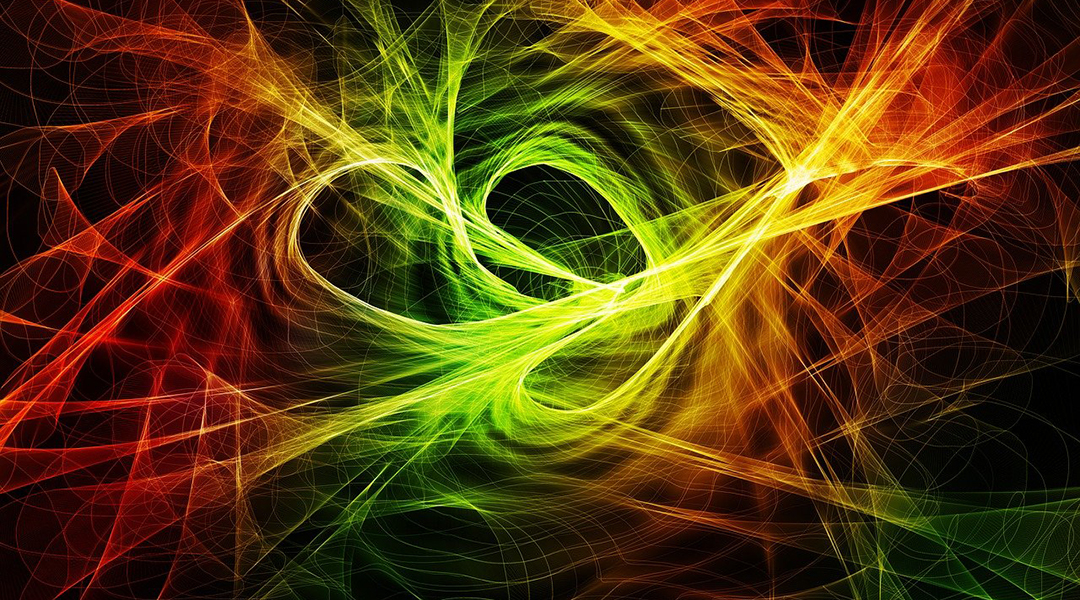
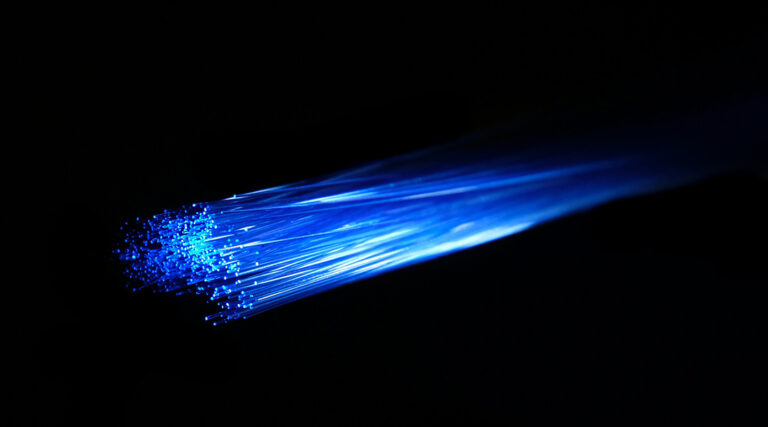
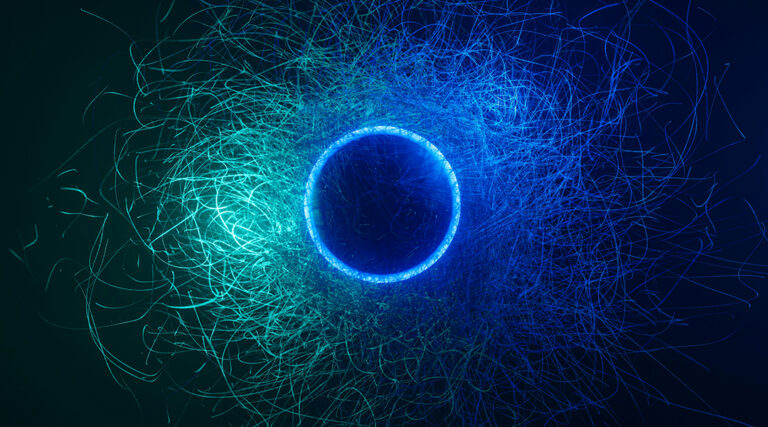
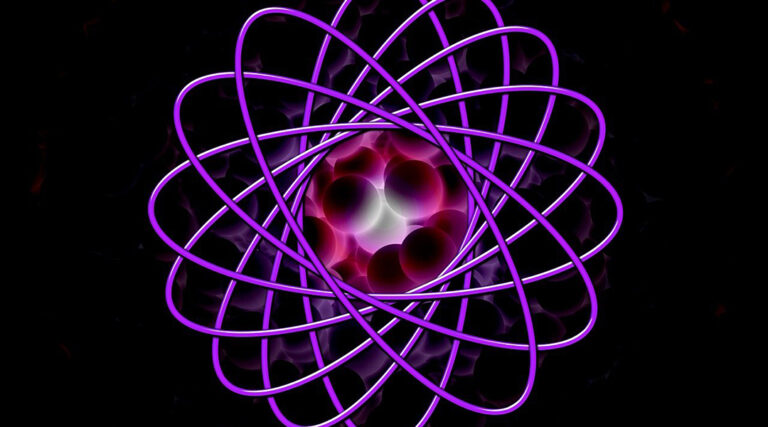
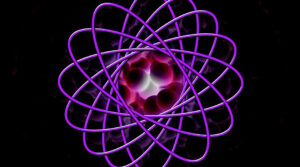
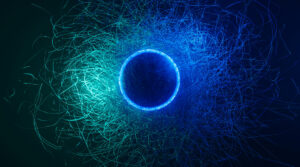
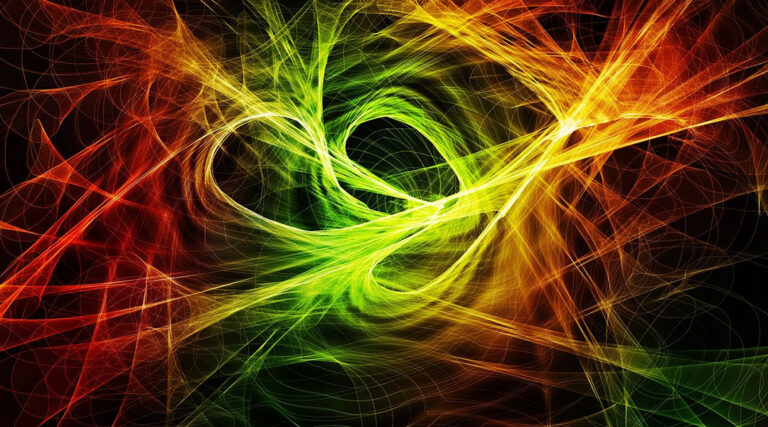
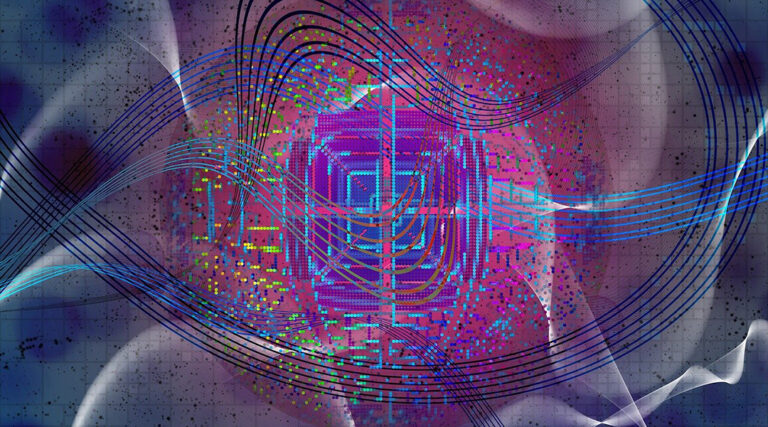
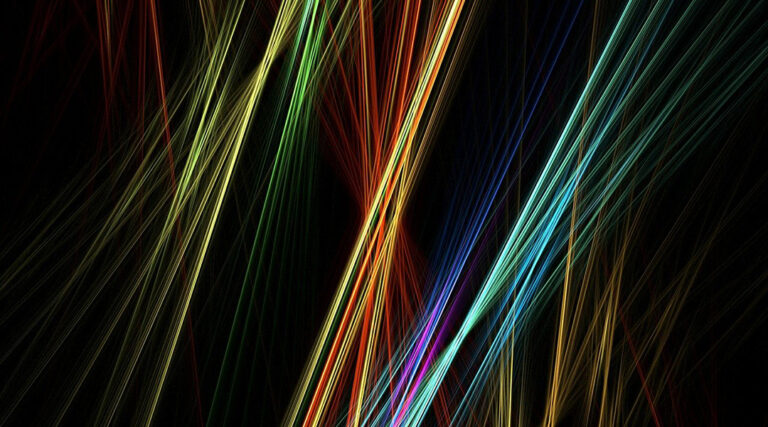
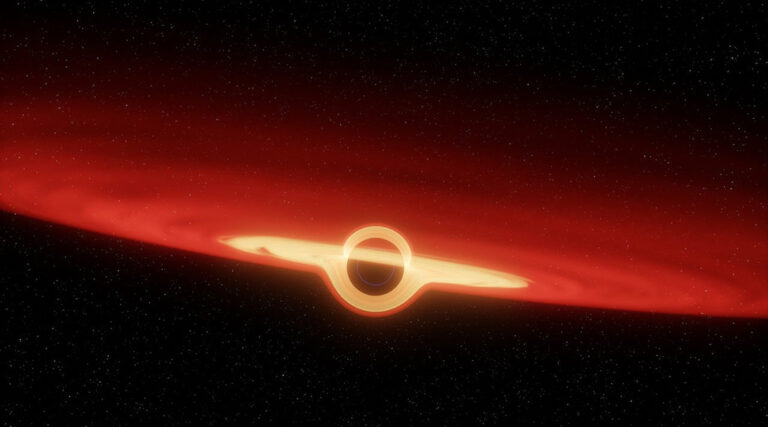
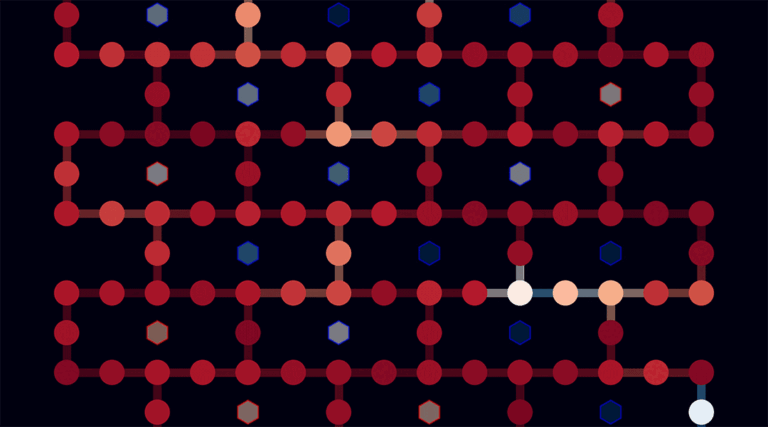
+ There are no comments
Add yours